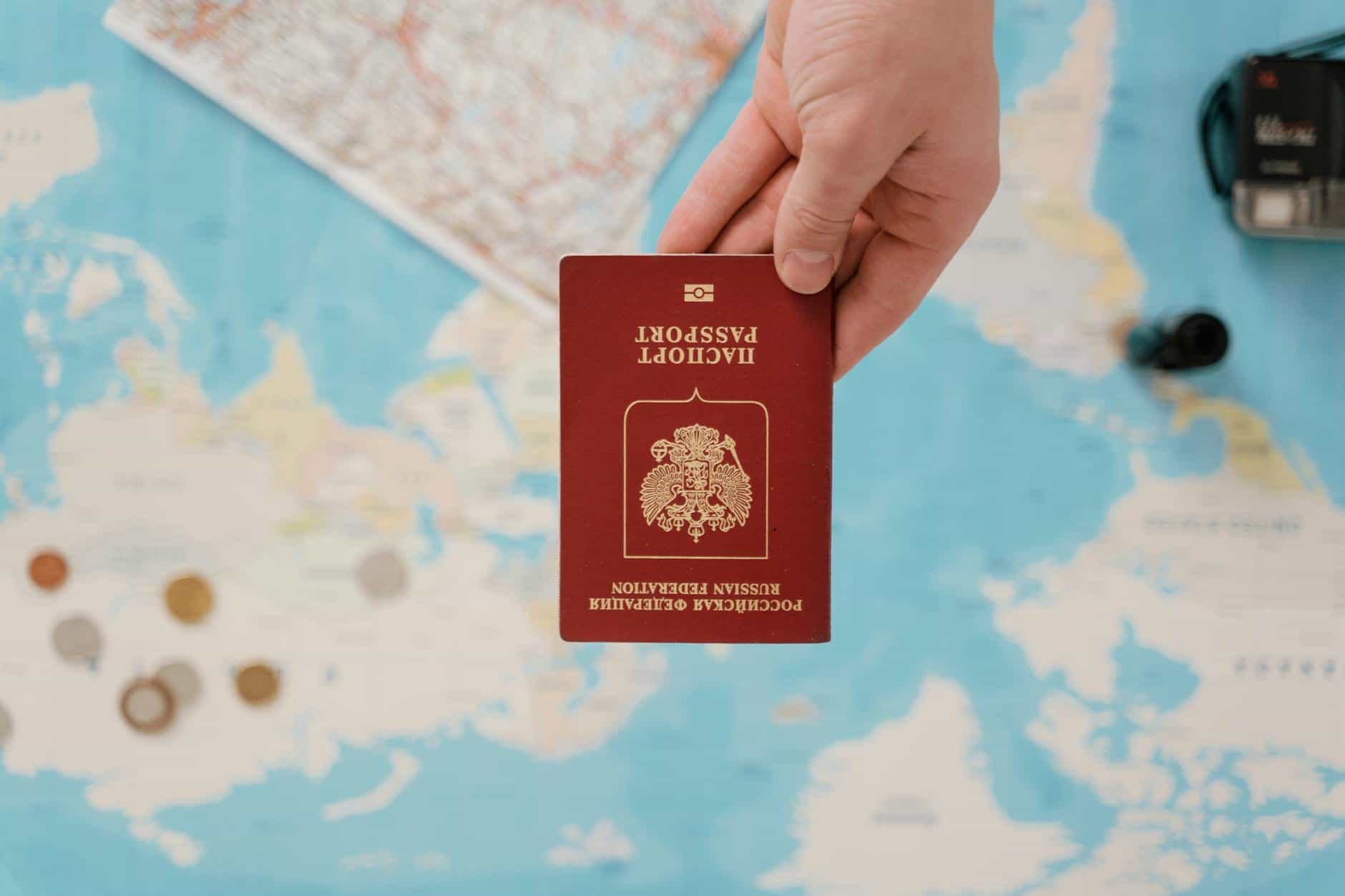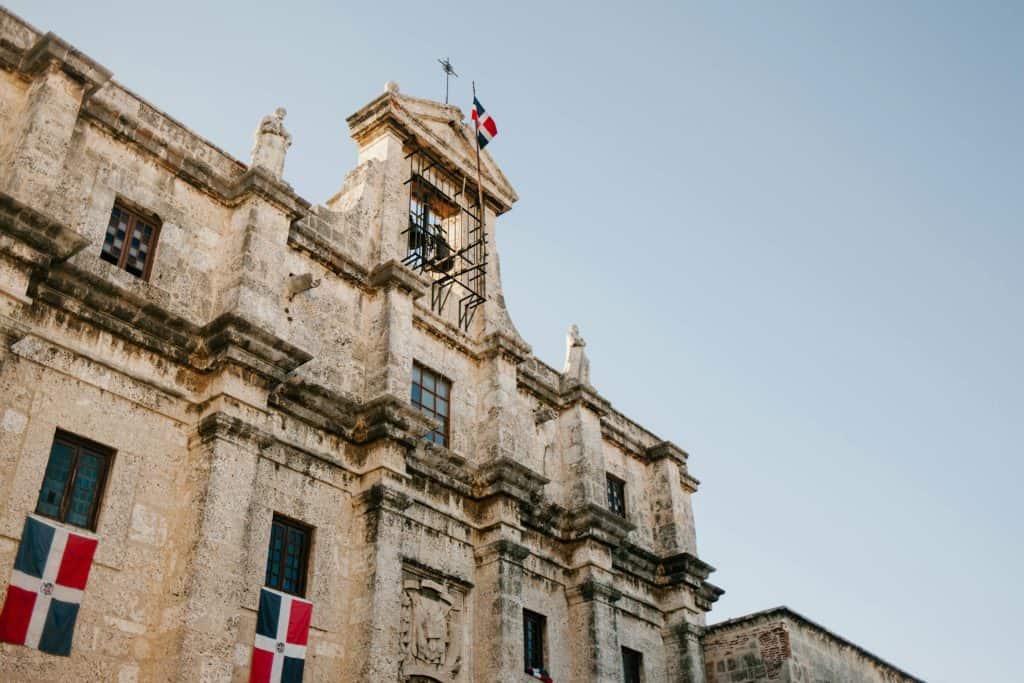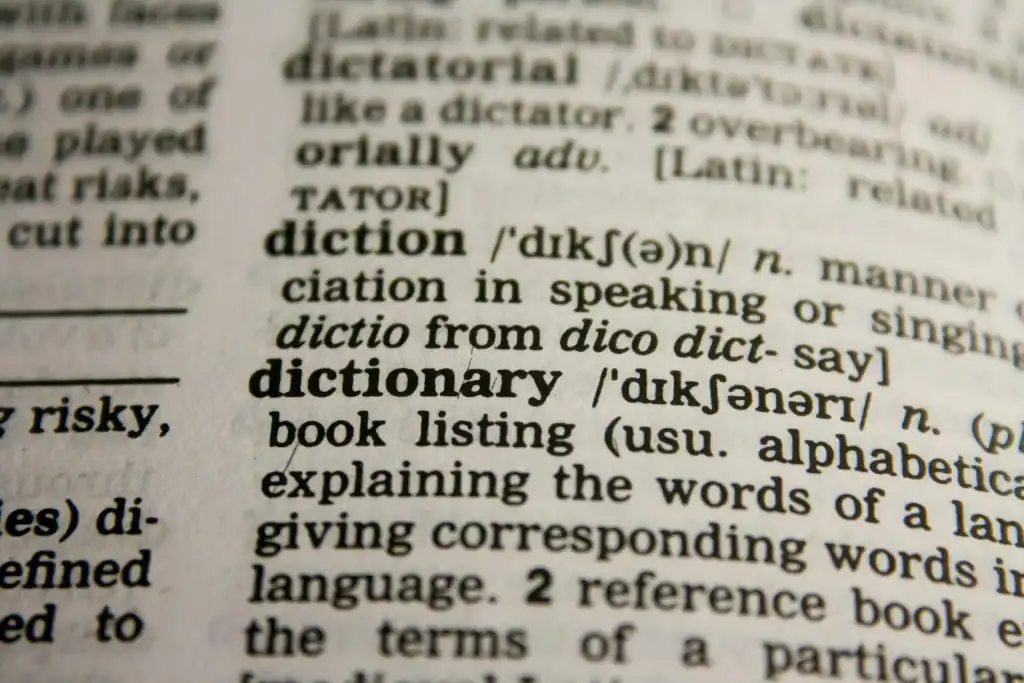Opening Thoughts: The Universal Architecture of Bureaucracy
Every immigration office, whether perched in a colonial building overlooking the Caribbean or tucked inside a glass tower in downtown Santiago, shares a certain choreography: fluorescent lighting, rows of plastic chairs, a ticket machine that hiccups out numbers, and an undercurrent of anxiety thick enough to spread on toast. My earliest encounter with this world came a decade ago in Madrid, clutching a sheaf of photocopies that would later reveal themselves to be casi the right ones. Since then, I have renewed student visas, switched to work permits, sought temporary residencies, and helped friends navigate everything from humanitarian asylum interviews to lost‑passport replacements. The Spanish may shift subtly by region, but the core vocabulary remains stable. This post distills that vocabulary—as well as the most common forms—into something approaching clarity, without sacrificing the personal anecdotes that make bureaucratic survival bearable.
Before the Appointment: Forms, Photocopies, and the Art of Double‑Checking
Nothing sabotages an immigration visit faster than missing paperwork. In Spanish America, the classic phrase “documento faltante” can kill a morning faster than a power outage. Here is how I prepare, in prose rather than a checklist to stay consistent with search‑engine preferences.
I start by downloading the relevant application form—formulario de solicitud—from the official website. Whether it is Spain’s EX‑17 for EU‑family residency, Mexico’s Formato Básico for temporary stay, or the Dominican Republic’s Formulario de Residencia Temporal (RT‑9), I cross‑reference the PDF with the latest government circulars. Agencies post updates quietly; ignoring them is expensive.
Once printed, I fill in the data with blue ink. Immigration clerks often reject entries in black, claiming it photocopies poorly. The form asks for basic items—nombres, apellidos, nacionalidad, domicilio—yet always sneaks in a regional twist. Colombia, for instance, requests RH sanguíneo (blood type); Argentina wants CUIL if you have started work. When uncertain, I write “N/A” rather than leave a blank: in bureaucratic Spanish, empty spaces invite manual corrections and extra waiting.
For attachments, I produce two photocopies of my passport’s biographical page, last entry stamp, and any prior residency card. In the Dominican Republic, I also copy the sellos—the tiny tax stamps bought at the Banco de Reservas. I slide everything into a clear plastic folder labeled “Carpeta de Migración” so the contents are visible without removing staples. Officers appreciate transparency, literal and metaphorical.
A final self‑command I repeat aloud the night before: “Revisa la fecha de vencimiento y el número de cita.” Immigration systems routinely purge appointments booked under expired passports. Matching dates to reality averts the administrative equivalent of a near miss.
Arrival Etiquette: Greetings, Numbers, and Navigating the Guard Post
The first Spanish phrase I ever utter when stepping through the glass doors is a greeting, never a request. A simple “Buenos días, caballero” to the security guard oils gears that might otherwise grind. Guards in many offices control the ticket machine; politeness often translates into a speedier number.
If asked for the purpose of visit, I respond in one crisp sentence: “Vengo a entregar documentación para la prórroga de mi residencia temporal.” That line contains the verb entregar (to submit) and the noun prórroga (extension), flagging me as informed and lowering the probability of misdirection.
Once the guard issues the slip—ticket in Spain, turno in much of Latin America—I glance at the LED board. Spanish numbers are worth rehearsing past one hundred because monitors rarely reset at ninety‑nine. Hearing “ciento veintitrés” when you expected plain “veintitrés” leads to tragic false starts.
While waiting, I tune my ear to the public‑address system. Some phrases echo across borders:
“Se informa a los usuarios que deben tener el formulario correctamente cumplimentado y la documentación en original y copia.”
Translation: users must have the form fully completed and both originals and copies. The announcement is not decorative; officers enforce it.
At the Counter: Phrases That Keep the Conversation Professional
When my number pops up, I approach, folder in hand, and open with a full sentence that states my transaction. A classic opener:
“Buenos días. Presento la solicitud de renovación de residencia y traigo los requisitos en orden.”
Three linguistic pillars anchor that greeting: solicitud (application), renovación (renewal), and requisitos (requirements). Sliding the folder across, I add:
“Aquí encontrará fotocopias legibles y los originales para su revisión.”
The phrase para su revisión signals respect for the officer’s authority without fawning. Should the clerk notice a missing document, the inevitable line emerges: “Le falta la certificación de no antecedentes penales.” That certificate of no criminal record goes by various names—Antecedentes Penales in Spain, Hoja de Delincuencia in Costa Rica, Certificado de Buena Conducta in Puerto Rico. I respond by acknowledging rather than defending:
“Entiendo. ¿Puedo traerlo esta misma semana y anexarlo al expediente?”
Using expediente (case file) proves I understand the workflow and frames my request within it. Nine times out of ten, the officer stamps the top corner with “Documentación pendiente” and hands me a receipt listing what to add.
Paying Fees: Cashier Windows, Tax Stamps, and Confirming Amounts
Most immigration offices separate documentation counters from payment windows—caja in Spain, ventanilla de pagos in Mexico, colecturía in the Dominican Republic. I always reconfirm the amount in words before tendering cash:
“Entonces serían dos mil ciento cincuenta pesos, ¿correcto?”
Repeating the figure prevents slip‑ups caused by muffled microphones or regional accents. Where tax stamps are required—timbres fiscales in Chile, estampillas in Panama—I ask directly:
“¿Se adquieren los sellos aquí o en el banco autorizado?”
If the answer is the bank, I make sure to know its closing time. Caribbean branches famously observe lunchtime siestas.
Upon paying, I receive a recibo oficial stamped with the office’s emblem. Before walking away, I inspect the receipt for my full name and case number. A missing accent on José might appear trivial, yet I once watched a Venezuelan applicant spend an extra week correcting a missing tilde.
Interview Rooms: Maintaining Formality under Light Pressure
Certain procedures—change of immigration category, asylum, work authorization—include an in‑person interview. The ambience differs: smaller room, desk fan humming, an officer wielding a questionnaire on a clipboard rather than behind a glass pane. My strategy merges honesty with precise language.
Typical first prompt:
“Explíquenos brevemente el motivo de su solicitud.”
I respond in measured Spanish, avoiding slang without sounding robotic:
“Solicito la residencia por vínculo matrimonial. Mi esposa es ciudadana dominicana y convivimos en Puerto Plata desde 2019.”
Including dates, legal relationship, and domicile preempts follow‑up questions. When uncertain, I deploy the phrase “Según entiendo…” followed by my best factual recollection. It demonstrates cooperation while leaving room for correction.
If asked for documentation I have already submitted, I offer the copy instead of protesting:
“Tengo una copia aquí mismo, si desea verificar el folio.”
A small act of proactive compliance often shortens the session.
Collecting Your Card: Final Steps and Confirming Data
Weeks or months later, an email or SMS arrives: “Su documento está listo para retirar.” I schedule the pick‑up early in the morning, armed with the pickup form—Comprobante de Recepción—and identity proof.
At the delivery window I greet, hand over the receipt, and ask politely:
“¿Podría verificar que aparezca correctamente mi apellido materno antes de laminar?”
In many Hispanic countries, maternal surnames appear on ID cards. Catching a typo before lamination avoids bureaucratic purgatory.
When the card slides beneath the glass, I double‑check validity dates. An Argentinian friend once accepted a card only to realize at home it expired in six months rather than two years due to a clerical misclassification.
I conclude with a firm yet cordial closure:
“Muchas gracias por su ayuda. Que tenga excelente día.”
Leaving goodwill is an investment against future renewals.
Phrases for Common Roadblocks
Immigration journeys rarely unfold without turbulence. Below are narrative scenarios, each embedding the Spanish phrase that solved them.
Standing in a queue that has frozen for thirty minutes, I lean toward the attendant and murmur:
“Disculpe, ¿la fila avanza por orden de cita o por tipo de trámite?”
Clarity emerges, and I adjust expectations accordingly.
After a power outage knocks out the printer, an officer shrugs. Rather than complain, I ask:
“¿Sería posible sellar mi copia de respaldo mientras regresa la electricidad?”
They stamp it, granting interim proof of submission.
When online appointments disappear from the booking portal, I write an email opening with:
“Por medio de la presente, solicito la reactivación de mi cita original, cancelada por fallo técnico en la plataforma.”
Formal written Spanish carries weight; including por medio de la presente signals official tone.
Cultural Nuances: Usted vs. Tú, Quiet Persistence, and the Photocopier Next Door
Addressing officers with usted is non‑negotiable. Even in countries where tú permeates casual speech, the formal second person keeps interactions professional. I also refrain from first‑name greetings until invited.
Persistence should be quiet rather than confrontational. When told “Vuelva mañana” with no reason, I ask respectfully:
“¿Podría indicarme qué documento falta para agilizar la visita de mañana?”
The question focuses on solution rather than blame and often yields the missing piece.
Finally, every immigration complex hides an unofficial photocopy shop where overworked machines buzz like cicadas. I carry small bills and a USB containing digital scans. Expedience beats purism; no officer cares if the copy originated on recycled paper as long as the seal is legible.
Closing Reflections: From Applicant to Steward of Your Own Case
Mastering immigration Spanish does more than accelerate paperwork; it transforms you from supplicant to steward of your own legal status. When you understand that acuse de recibo is not a mysterious slip but simply proof your case exists, anxiety recedes. When radicado ceases to be jargon and becomes the verb that tells you your application has been logged, patience grows muscles.
I still feel a flutter when I step beneath the humming fluorescents, ticket in hand. The process remains formal, occasionally opaque, and always consequential. Yet each phrase acquired—each form decoded—turns the waiting room into familiar terrain. May the words and strategies in this guide light your path from bewildered visitor to confident resident, wherever Spanish bureaucracy plants its next hurdle.
Buena suerte, y que tu expediente avance sin contratiempos.



